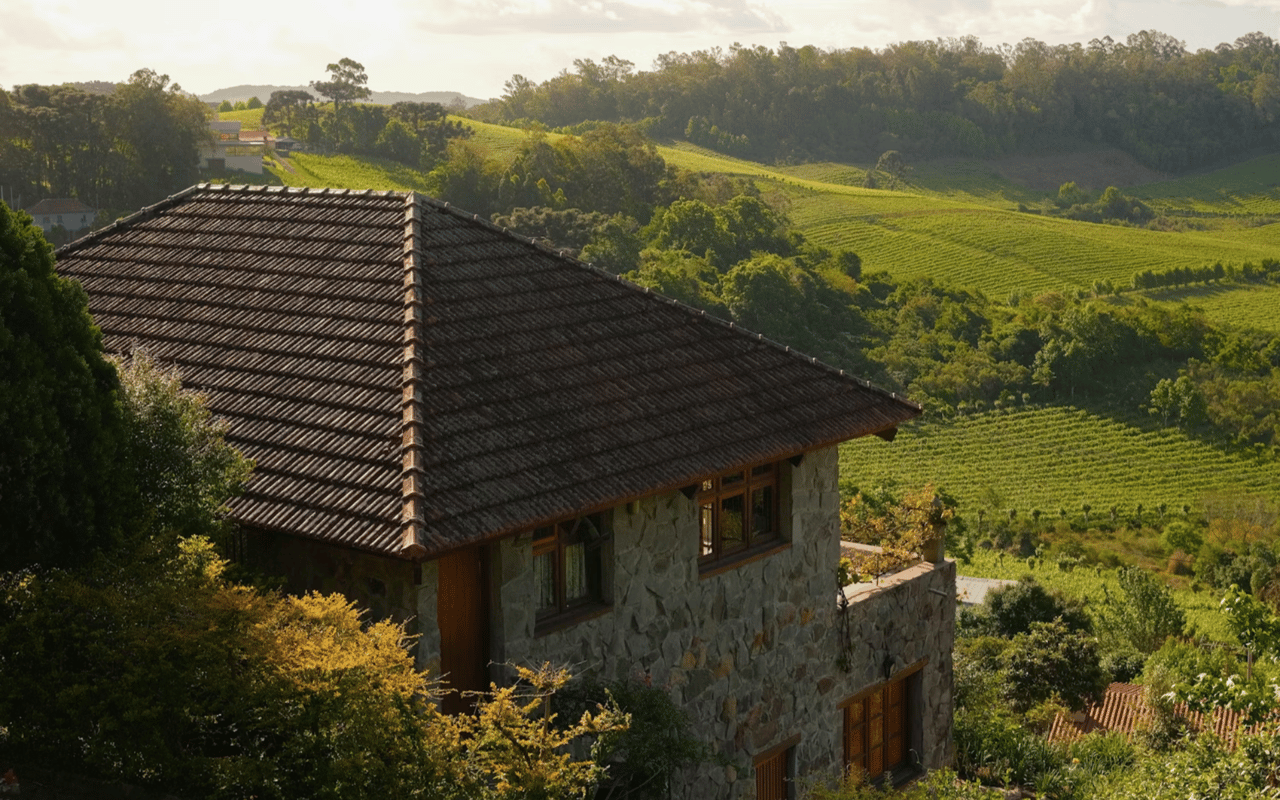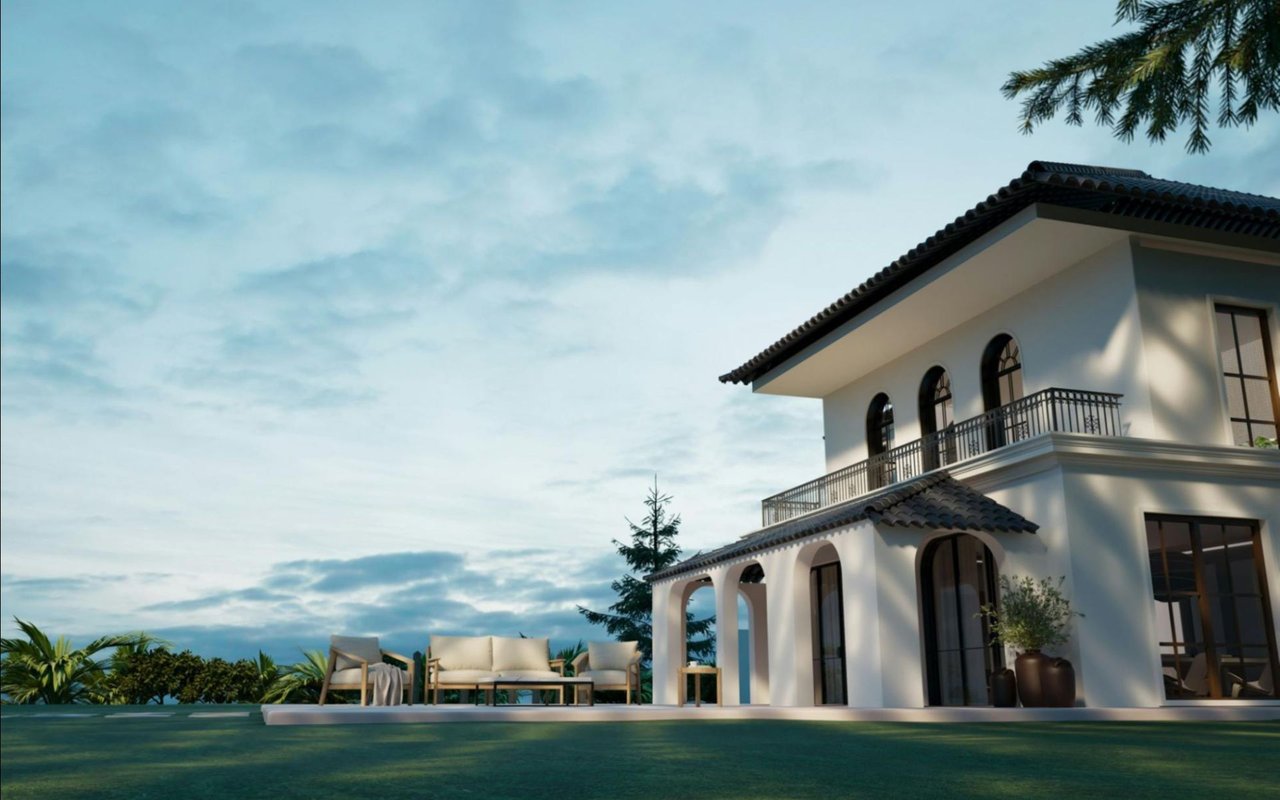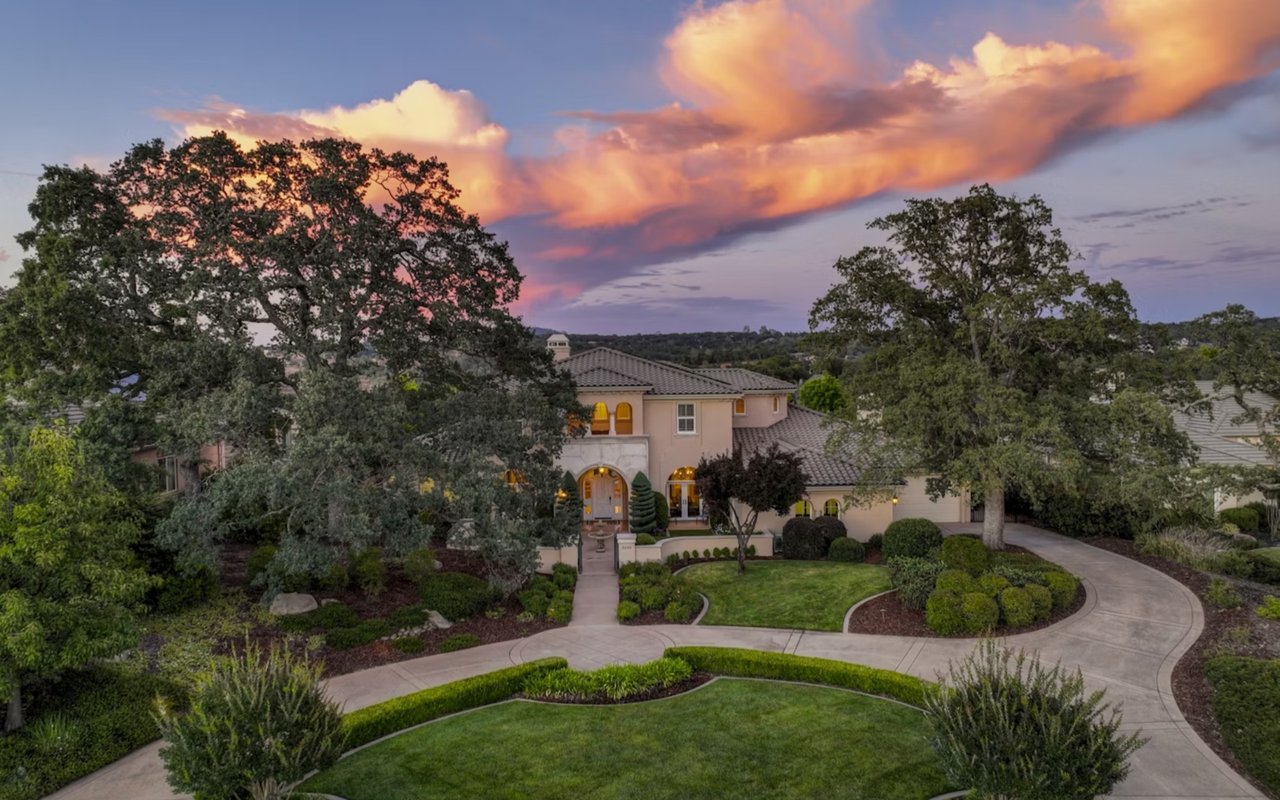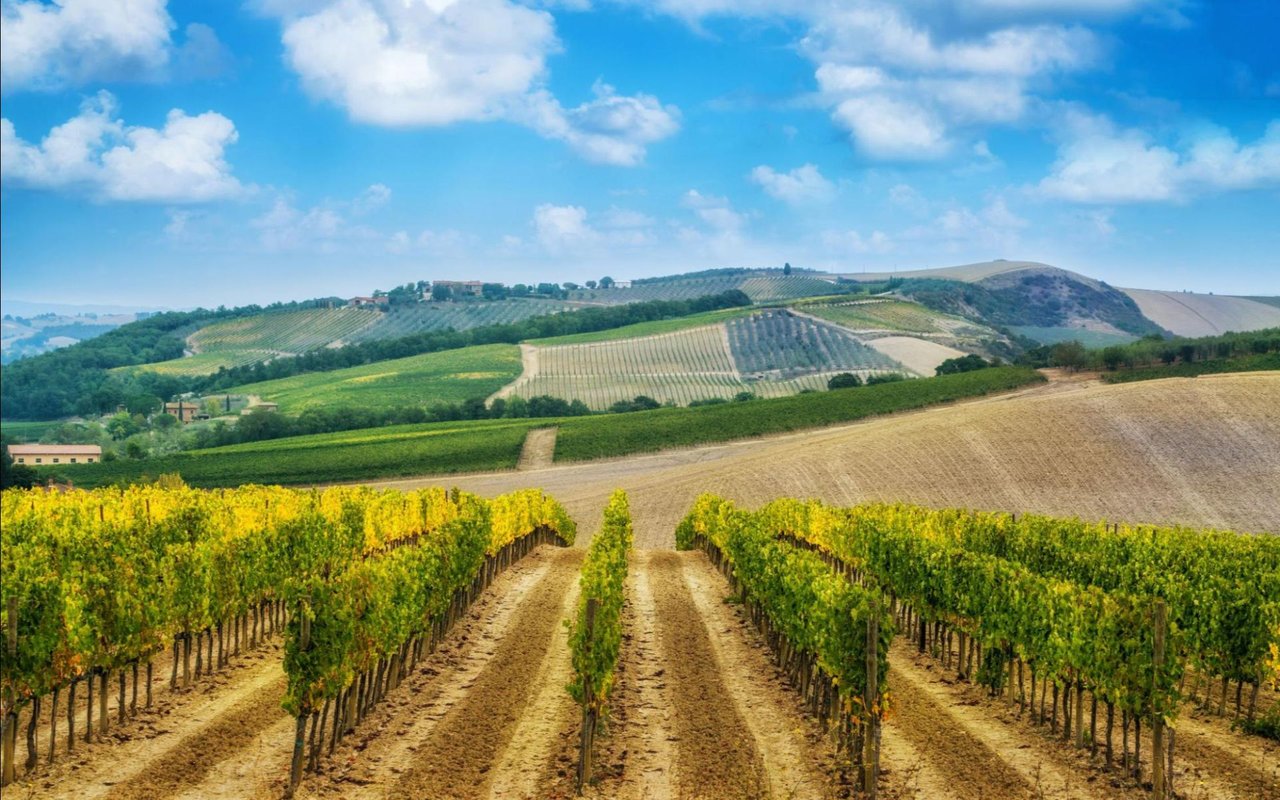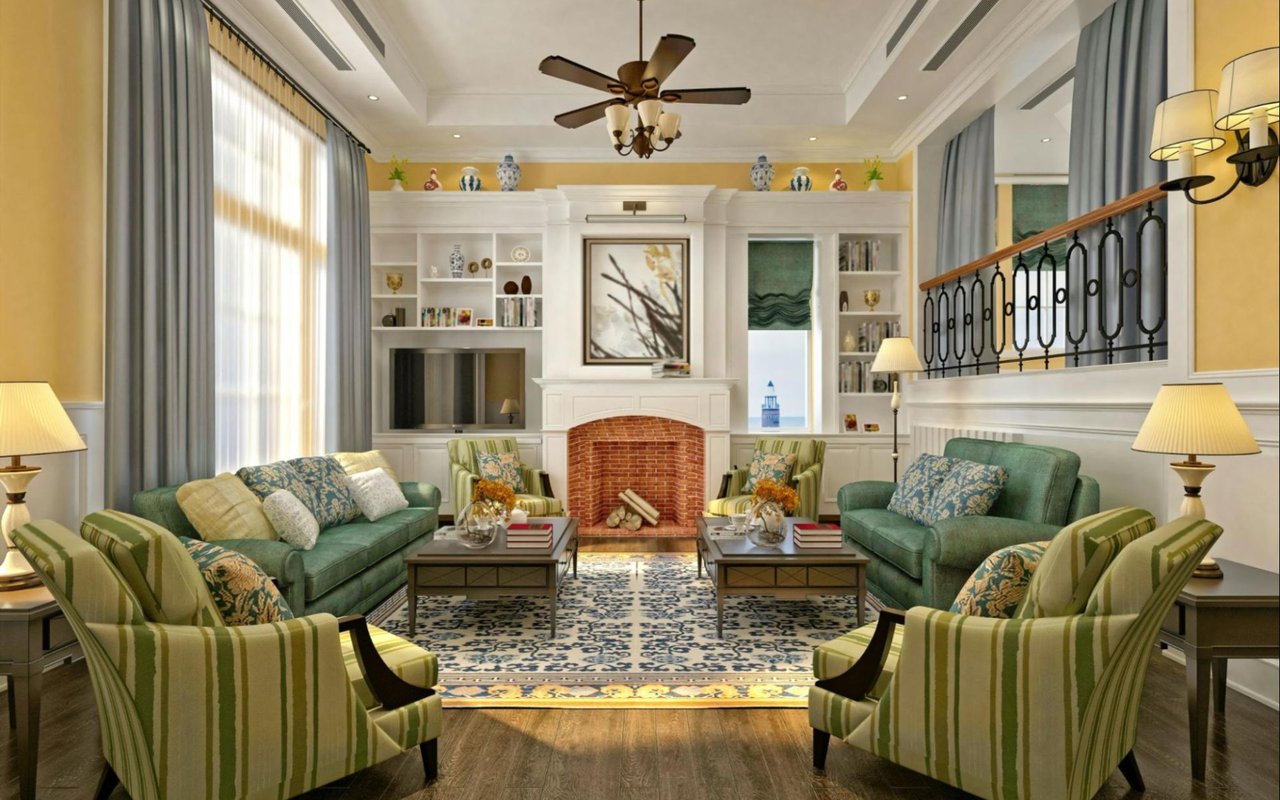Architectural styles have evolved over centuries, with each style reflecting the cultural, historical, and environmental influences of its time. When choosing a home, understanding these styles can provide insight into their aesthetic appeal, functionality, and suitability for different lifestyles. This guide explores some of the most popular architectural house styles, highlighting their unique characteristics and appeal.
Colonial Revival
Colonial Revival is a prominent architectural style that emerged in the late 19th century, inspired by early American colonial architecture. This style is characterized by its symmetrical façade, gabled roofs, and decorative entryways. Homes often feature brick or wood siding and double-hung windows with shutters. The interior layout typically includes a central hallway with rooms branching off, providing a balanced and orderly arrangement. Colonial Revival homes exude a sense of formality and tradition, making them a popular choice for those who appreciate classic American design.
Craftsman
Craftsman homes, which gained popularity in the early 20th century, are celebrated for their handcrafted details and use of natural materials. These homes often feature low-pitched gable roofs, wide eaves with exposed rafters, and prominent front porches supported by thick square or tapered columns. The interiors are designed with an open floor plan to enhance the sense of space and light. Built-in furniture, such as bookcases and benches, adds to the charm and functionality of Craftsman homes. The emphasis on craftsmanship and simplicity makes this style a favorite among those who value artisanal quality and a cozy, inviting atmosphere.
Victorian
Victorian architecture, prevalent from the mid-19th to the early 20th century, is known for its ornate detailing and eclectic design elements. These homes often feature steeply pitched roofs, textured shingles, bay windows, and intricate woodwork, including decorative trim and brackets. The interior spaces are equally elaborate, with high ceilings, decorative moldings, and patterned wallpaper. Victorian homes are usually multi-story structures with a variety of shapes and forms, creating an asymmetrical yet harmonious appearance. This style appeals to those who appreciate historical charm and intricate, artistic details in their living spaces.
Mid-Century Modern
Mid-Century Modern architecture, which flourished from the 1940s to the 1960s, emphasizes simplicity, clean lines, and integration with nature. These homes often feature flat planes, large glass windows, and open spaces that blur the boundaries between indoors and outdoors. The design incorporates minimal ornamentation and uses materials such as steel, concrete, and glass to create a sleek, functional aesthetic. The open floor plans and connection to the surrounding environment make Mid-Century Modern homes ideal for those who appreciate modern design and a seamless indoor-outdoor lifestyle.
Mediterranean
Mediterranean-style homes draw inspiration from the coastal regions of Spain, Italy, and Greece, characterized by their stucco exteriors, red-tile roofs, and arched doorways and windows. These homes often have courtyards, balconies, and wrought-iron details, creating a relaxed and luxurious atmosphere. The interiors are designed to be cool and comfortable, with high ceilings, tiled floors, and an emphasis on indoor-outdoor living. Mediterranean homes appeal to those who enjoy a vacation-like ambiance and the romantic, sun-drenched aesthetic of the Mediterranean region.
Contemporary
Contemporary architecture represents the styles of the present day, incorporating cutting-edge design, technology, and sustainability. These homes often feature clean lines, open floor plans, and large windows to maximize natural light and energy efficiency. Materials such as steel, glass, and concrete are commonly used, along with eco-friendly elements like green roofs and solar panels. The design focuses on functionality, flexibility, and minimalism, creating a sleek and modern living space. Contemporary homes are perfect for those who appreciate innovative design, sustainability, and a forward-thinking lifestyle.
Tudor
Tudor homes, inspired by medieval English architecture, are recognizable by their steeply pitched gable roofs, half-timbering, and tall, narrow windows with small panes. The exteriors often combine brick, stone, and stucco, creating a storybook appearance. Interiors typically feature exposed wooden beams, grand fireplaces, and arched doorways. The layout of Tudor homes is often asymmetrical, with rooms of varying sizes and shapes adding to the charm and character. This style appeals to those who appreciate historical elegance and a warm, cozy ambiance reminiscent of old English countryside homes.
Farmhouse
The farmhouse style, originally designed for rural living, has gained widespread popularity for its simplicity, functionality, and rustic charm. These homes are typically two-story structures with gabled roofs, large porches, and wood or board-and-batten siding. The interiors are characterized by open floor plans, large kitchens, and a mix of vintage and modern elements. Natural materials, such as wood and stone, are used extensively to create a warm and inviting atmosphere. Farmhouse homes are ideal for those who appreciate a connection to nature and a relaxed, comfortable living environment.
French Country
French Country homes are inspired by the rustic elegance of the French countryside, characterized by their steeply pitched roofs, curved lines, and stone or stucco exteriors. These homes often feature arched windows and doorways, decorative shutters, and wrought-iron details. The interiors blend refined elegance with a comfortable, lived-in feel, incorporating elements like exposed wooden beams, stone fireplaces, and distressed wood finishes. French Country homes appeal to those who appreciate a sophisticated yet cozy aesthetic, evoking the charm of provincial French living.
Cape Cod
Cape Cod homes, originating in the 17th century, are known for their simple, symmetrical design and steeply pitched roofs. These homes often feature a central chimney, dormer windows, and shingle siding. The interiors are designed for practicality and comfort, with a central hallway leading to rooms on either side. Cape Cod homes are typically one or one-and-a-half stories, with an emphasis on efficient use of space. This style is popular among those who appreciate a timeless, unpretentious design and the cozy charm of New England coastal living.
Let Jeff Earl Warren Be Your Guide
Choosing the right architectural style for a home is a deeply personal decision that reflects one's tastes, lifestyle, and appreciation for design. Whether drawn to the historical charm of Victorian homes, the artisanal quality of Craftsman houses, or the sleek modernity of Contemporary architecture, potential homeowners have a wealth of styles to explore. Each style offers unique characteristics that can cater to different preferences and needs.
For more information on architectural house styles and finding the perfect home to match your taste, contact
Jeff Earl Warren. His expertise and personalized approach will guide you in discovering the ideal home that aligns with your architectural preferences and lifestyle.
*Header photo courtesy of Jeff Earl Warren


